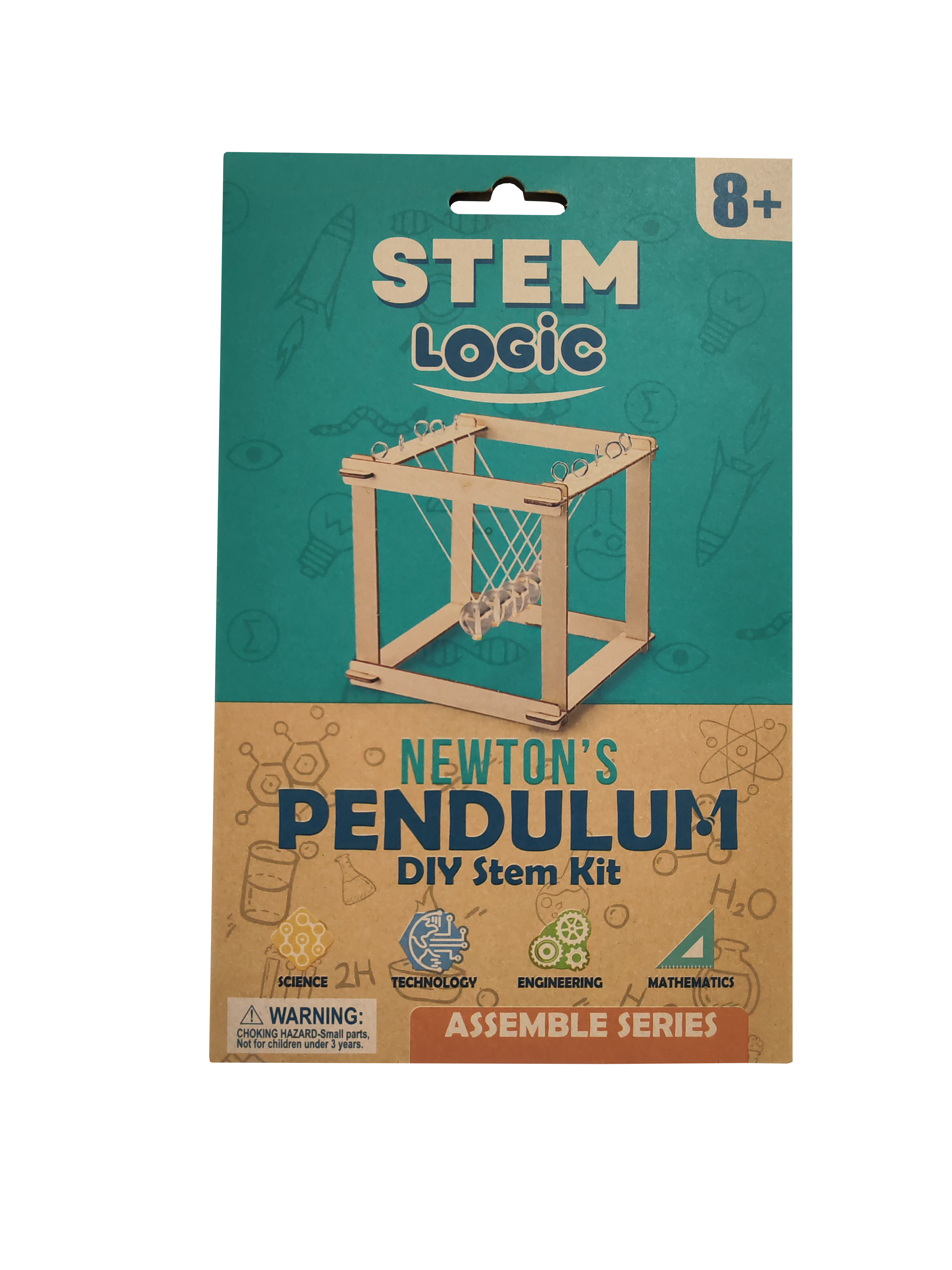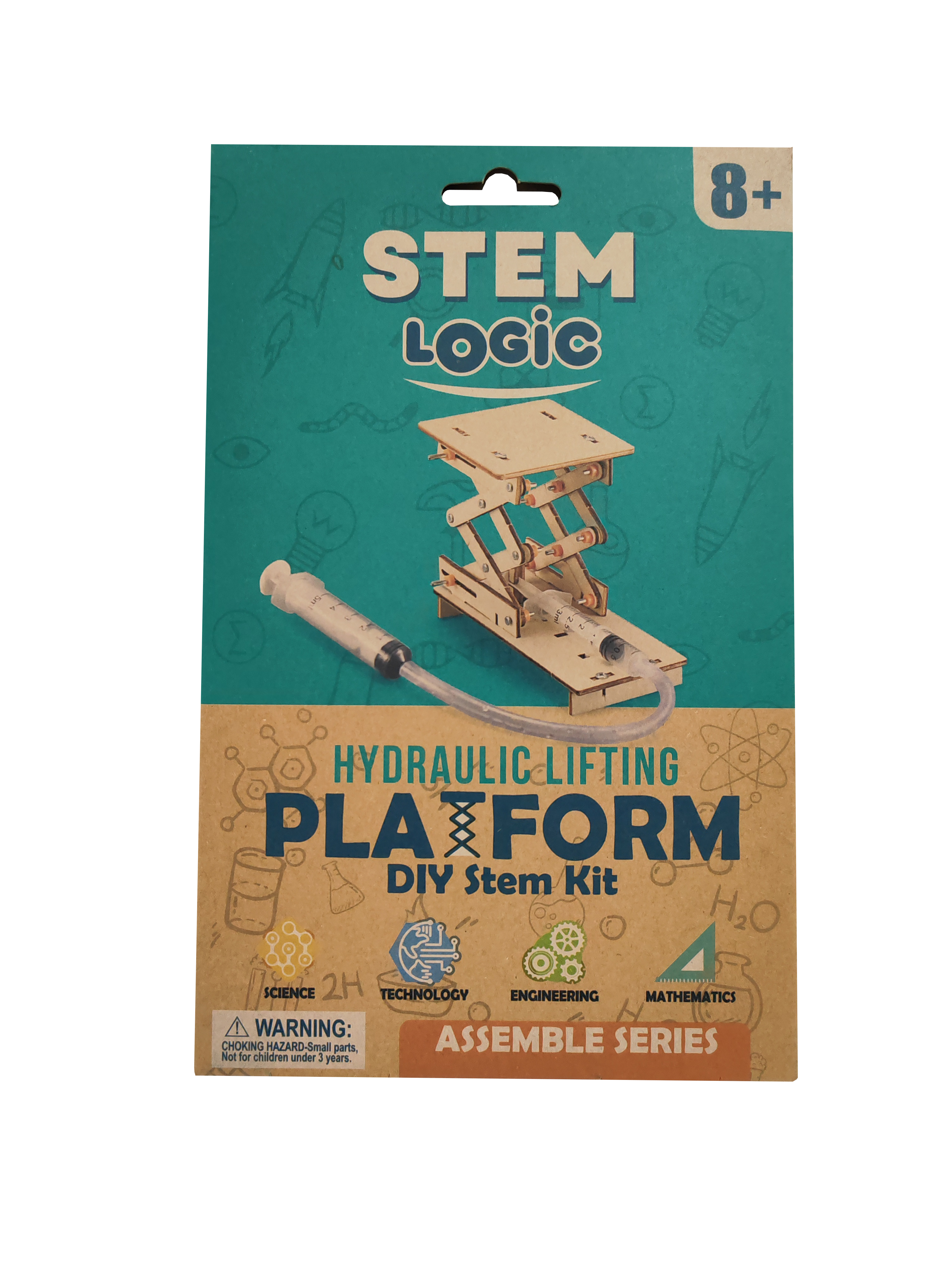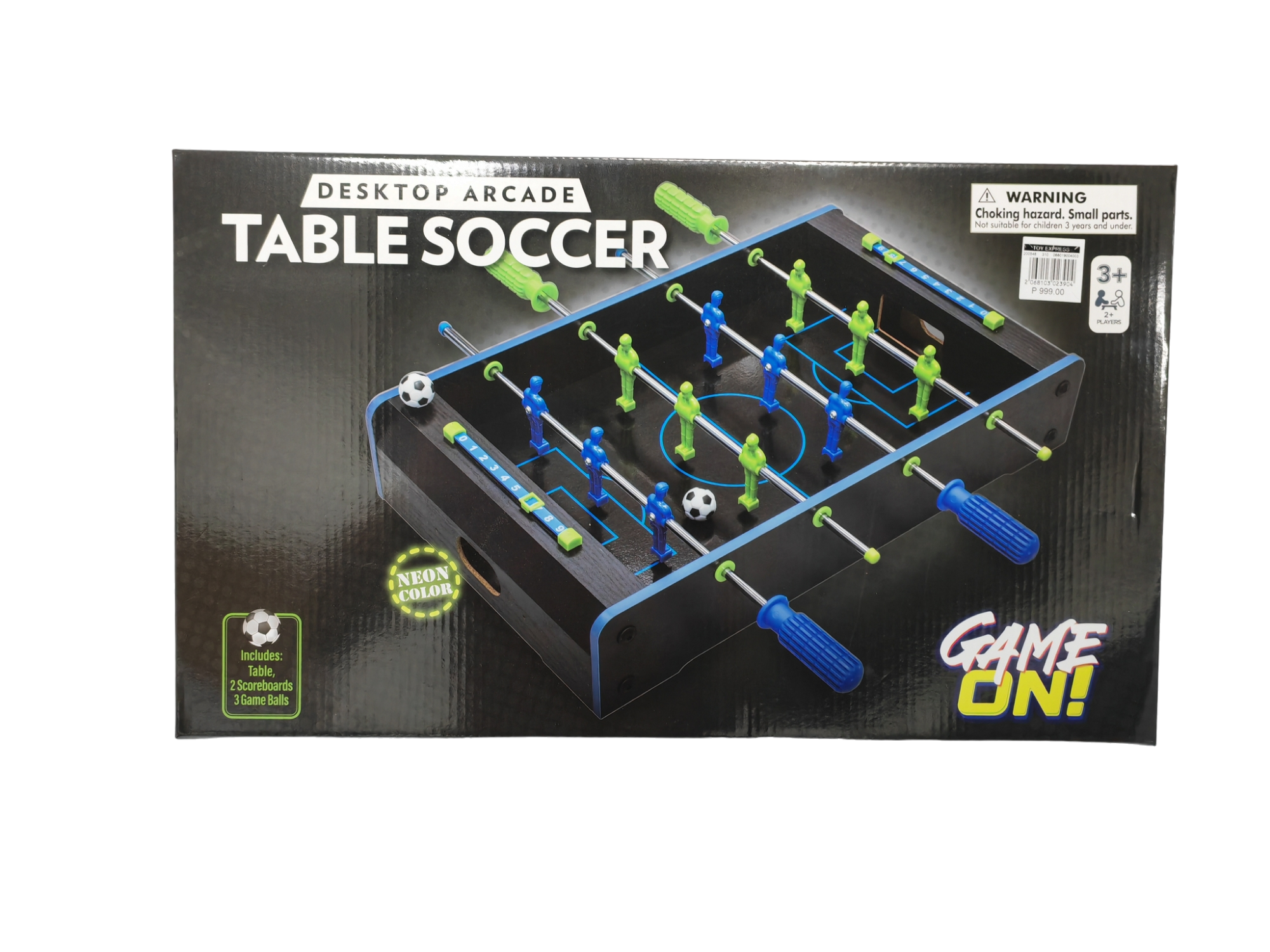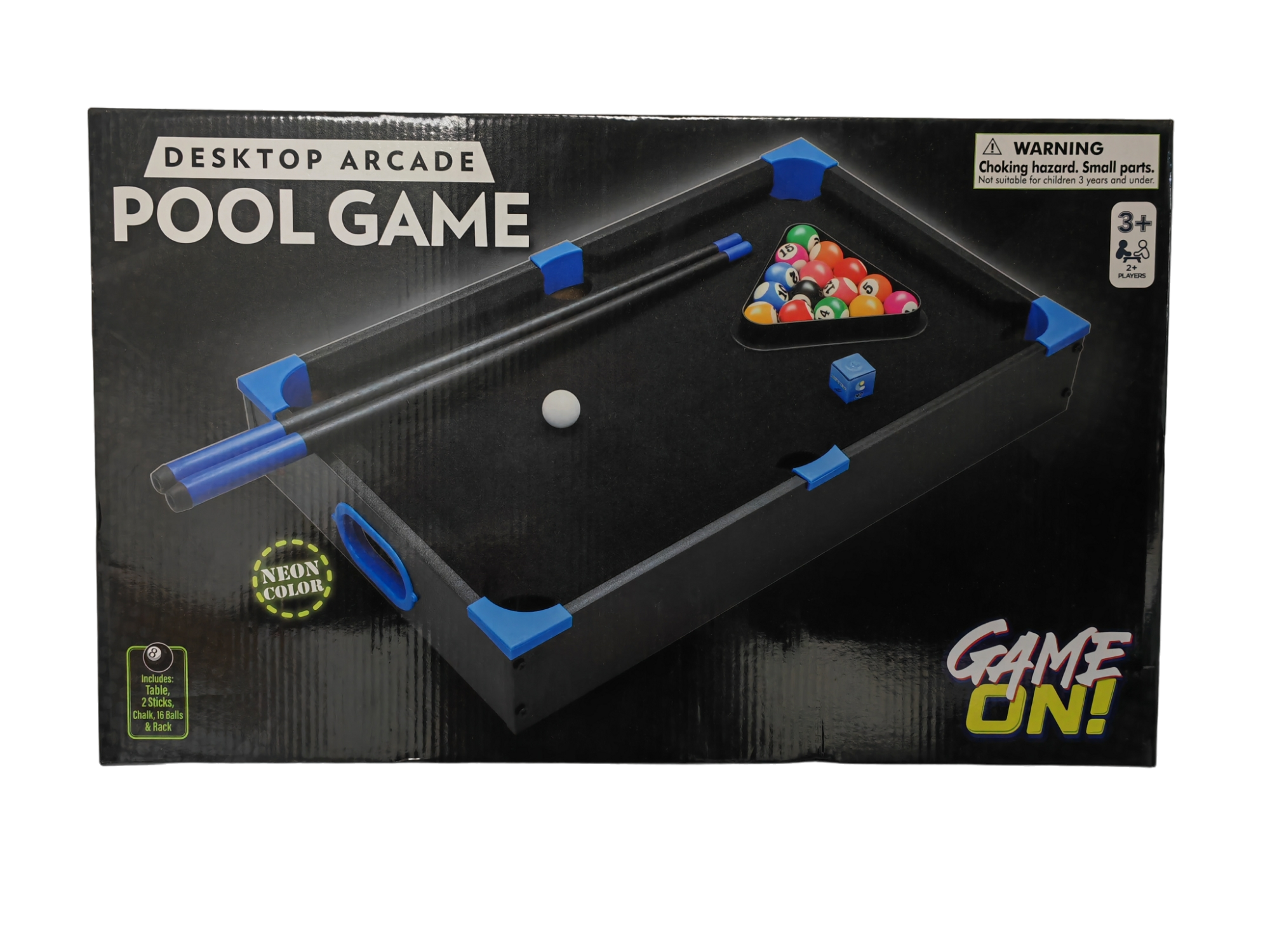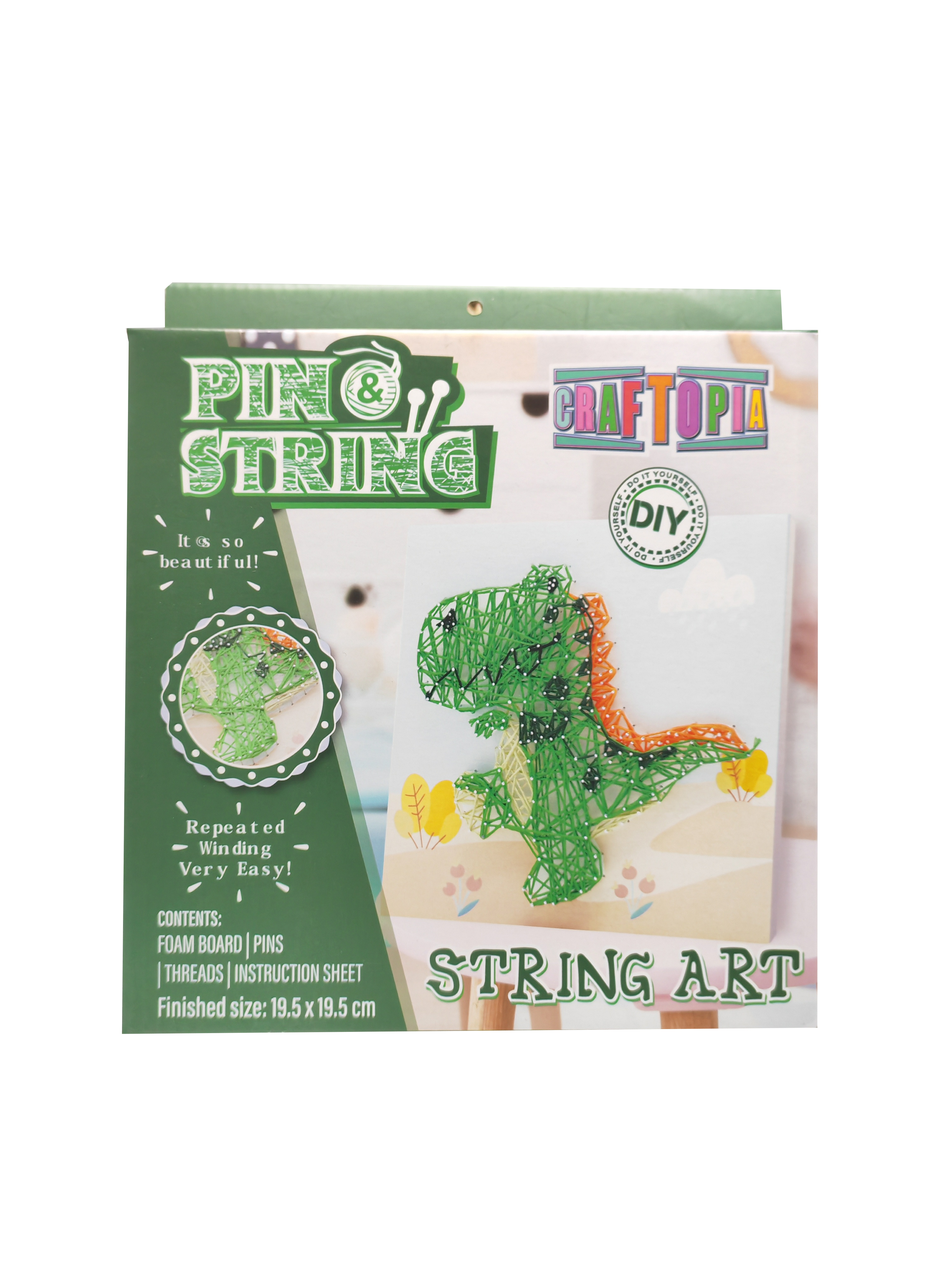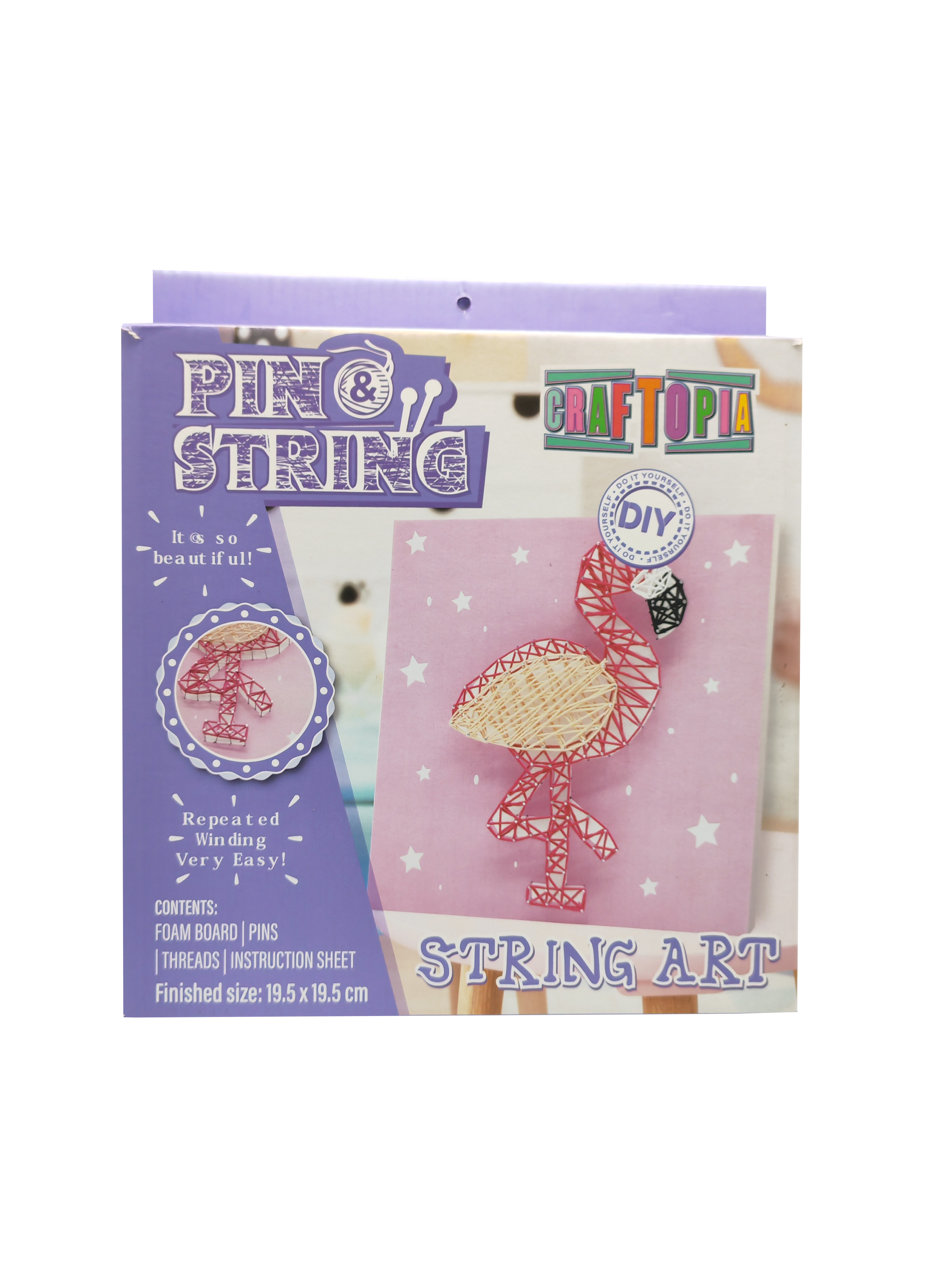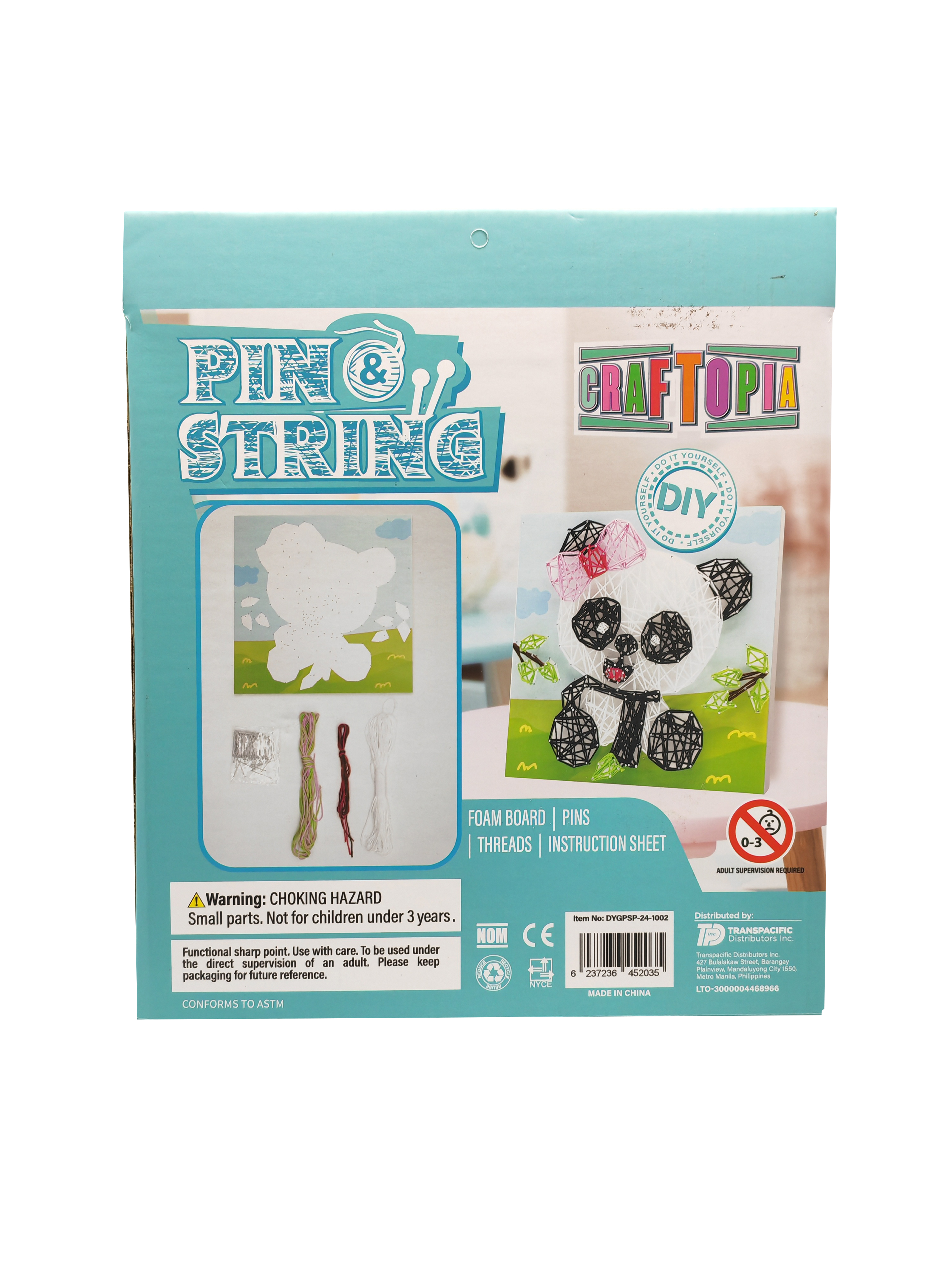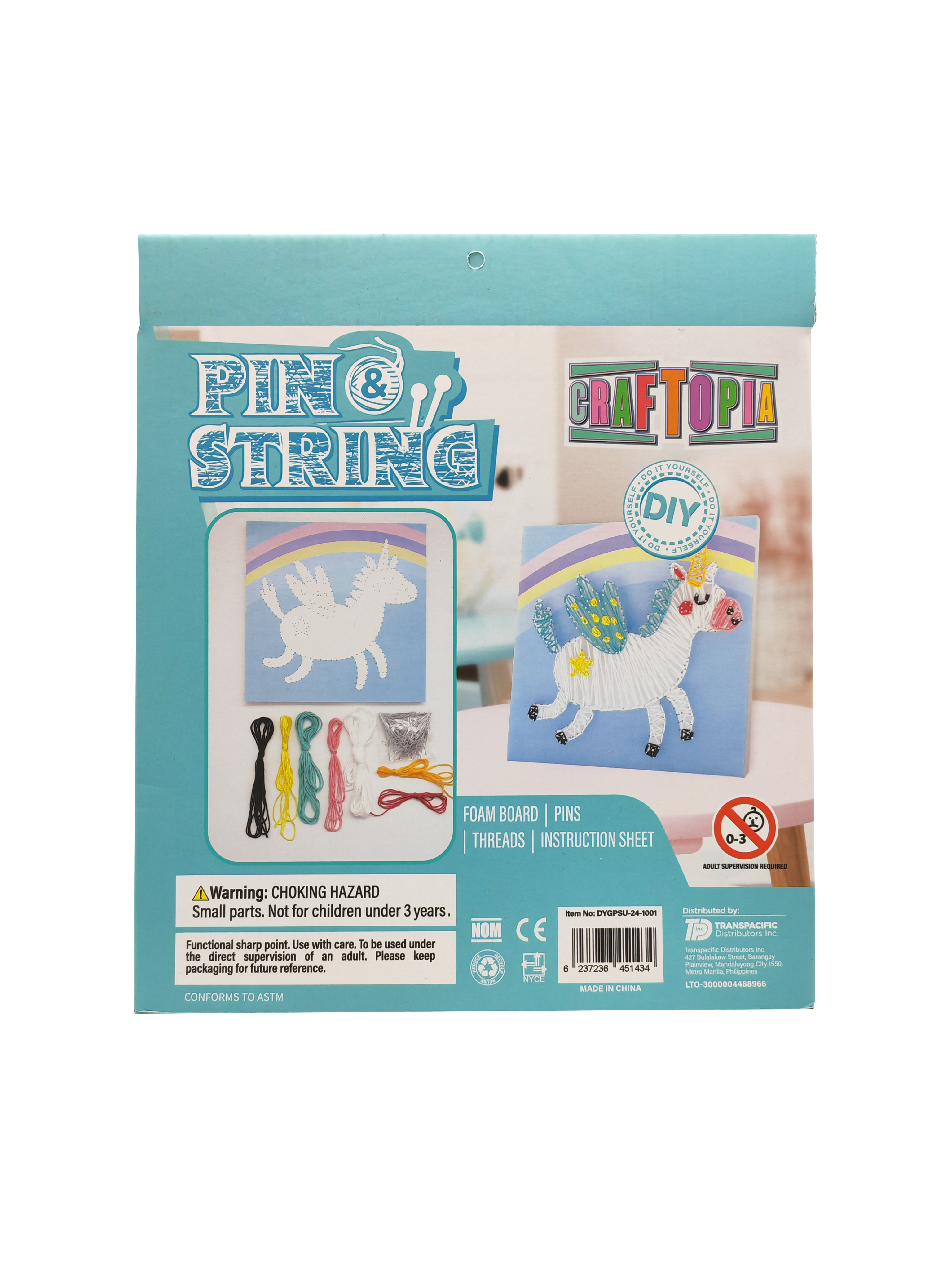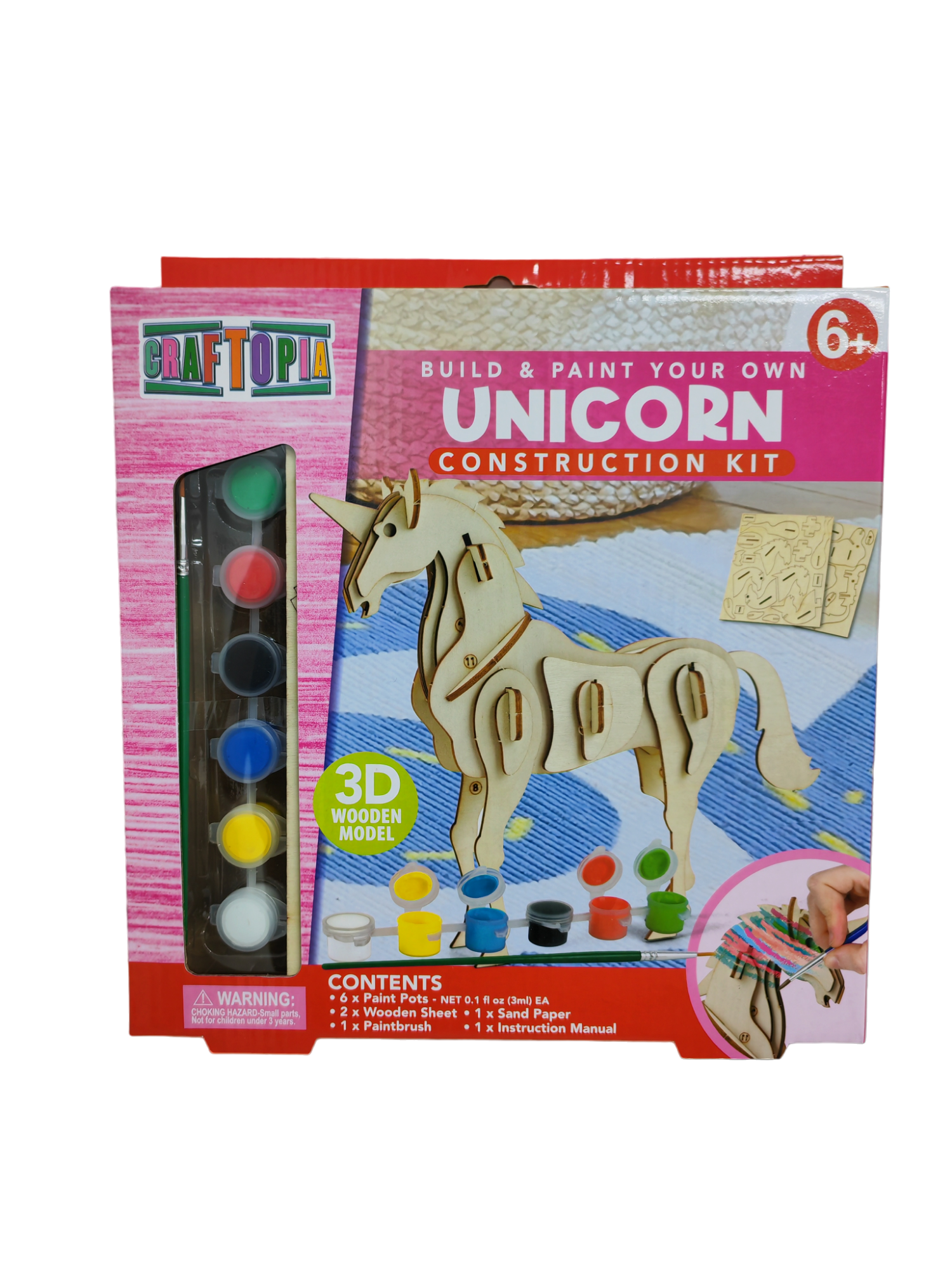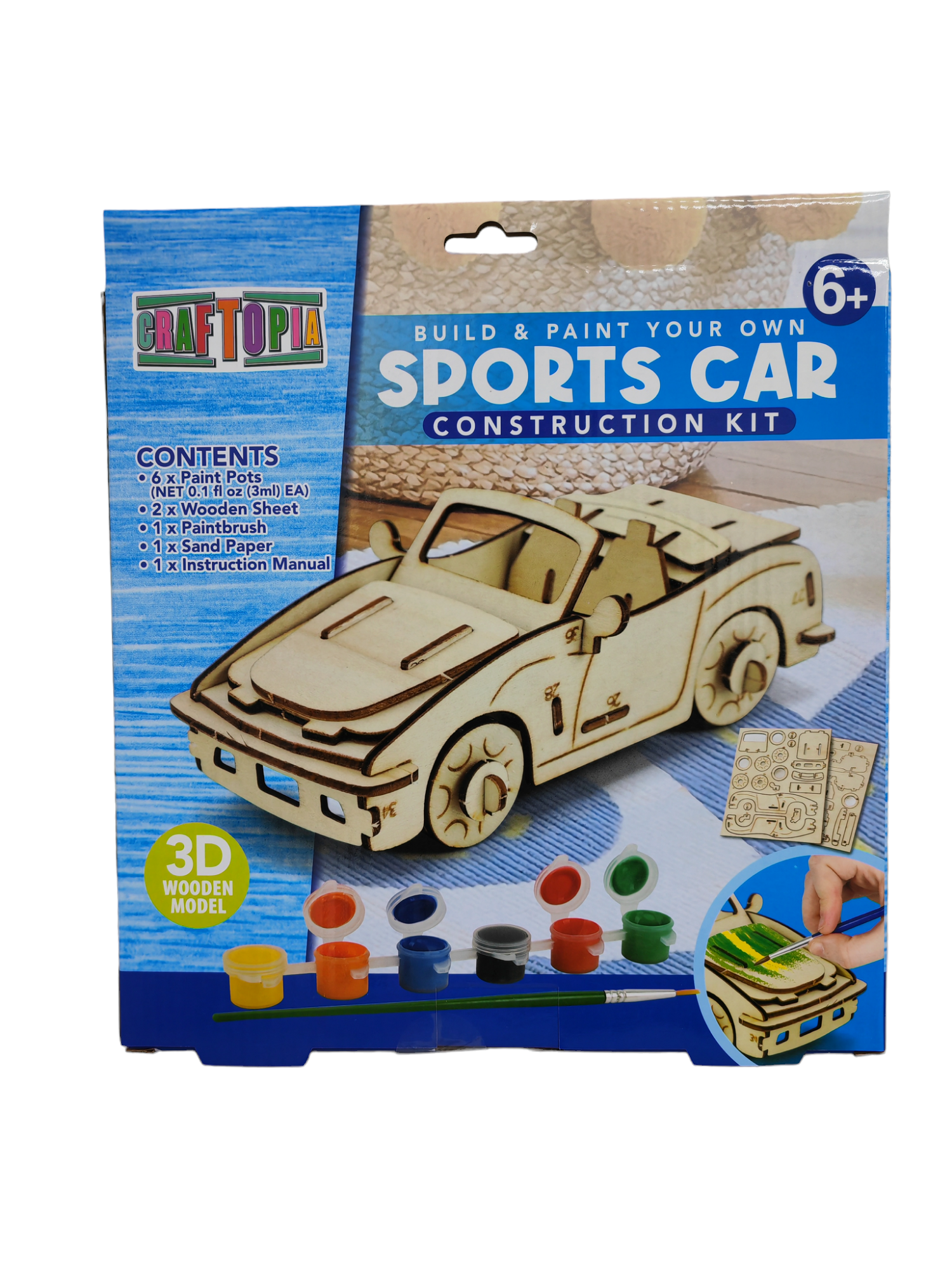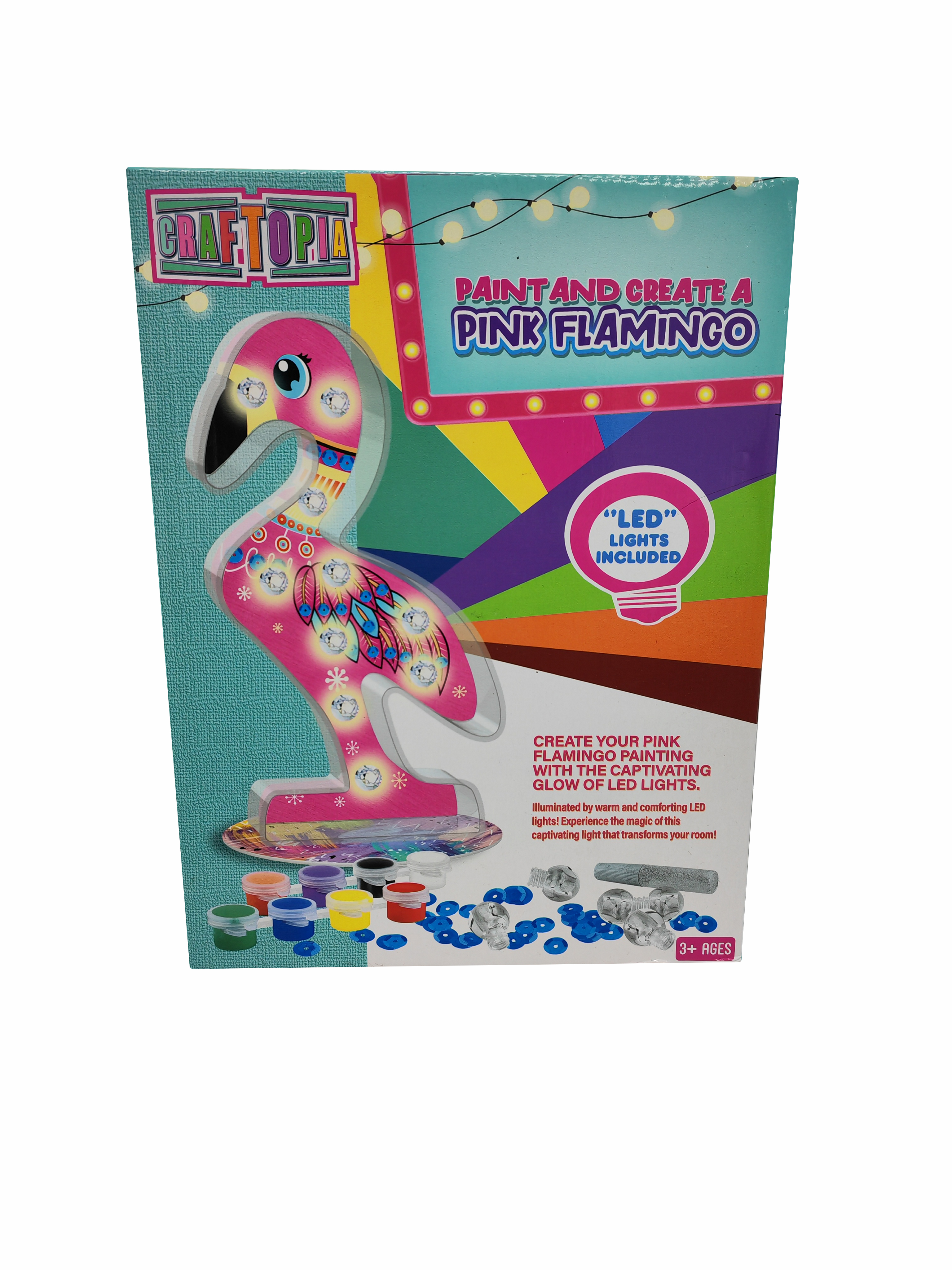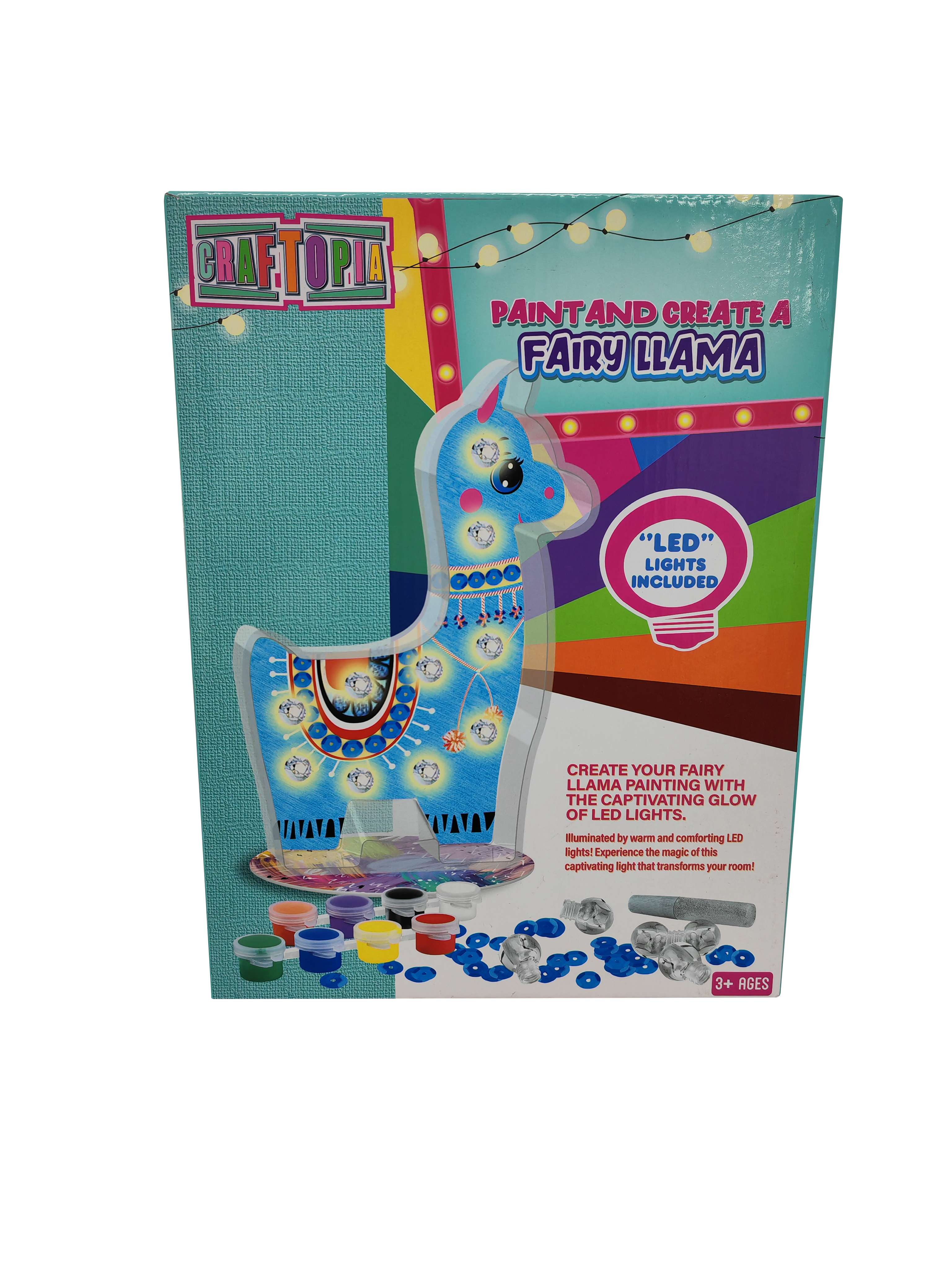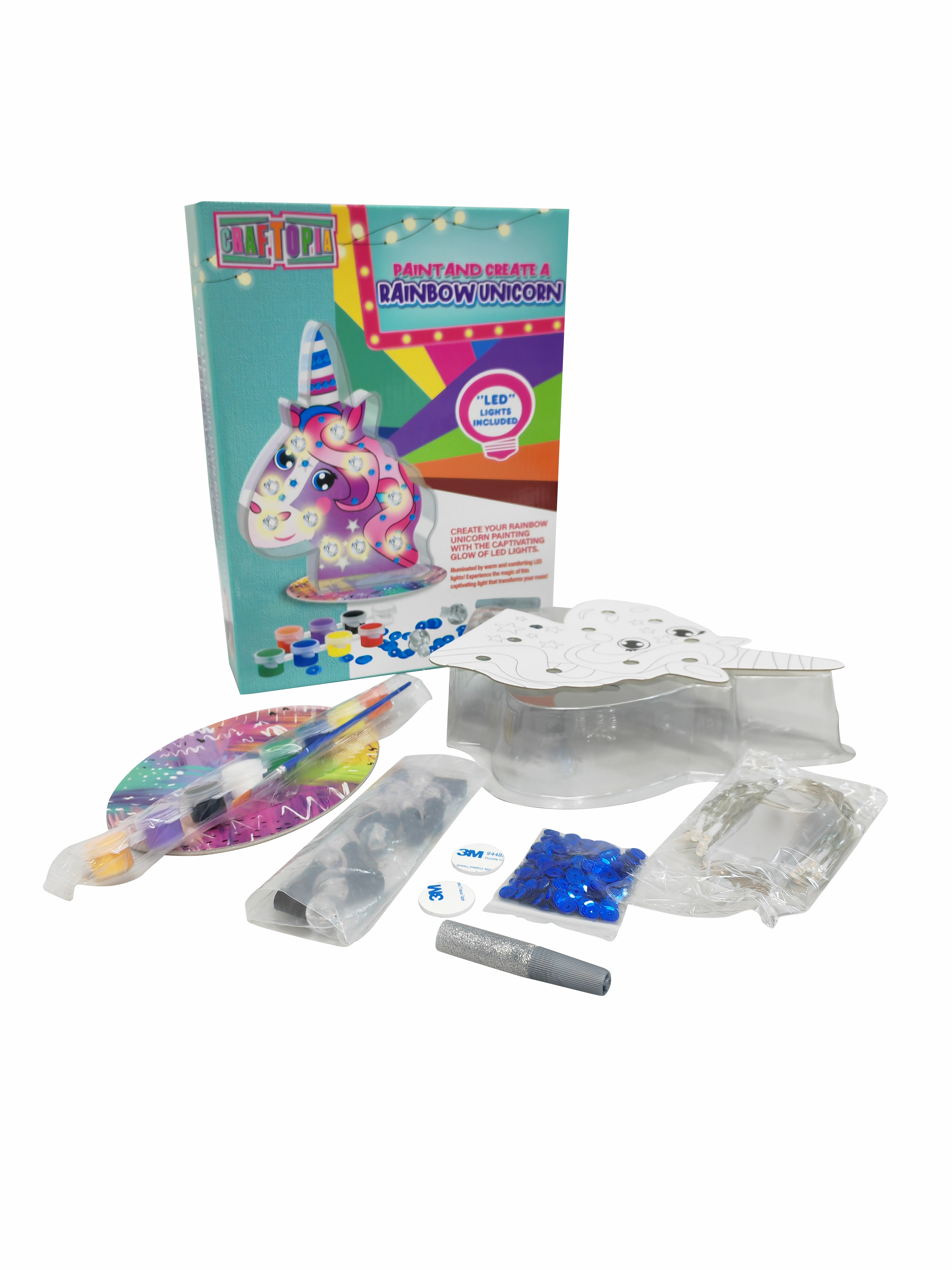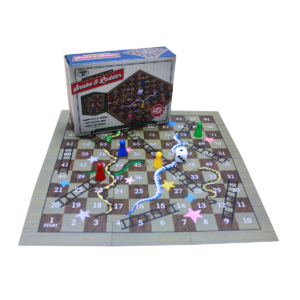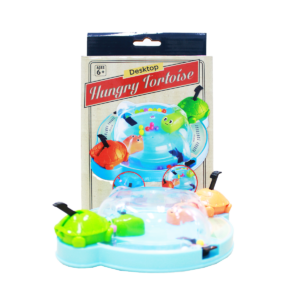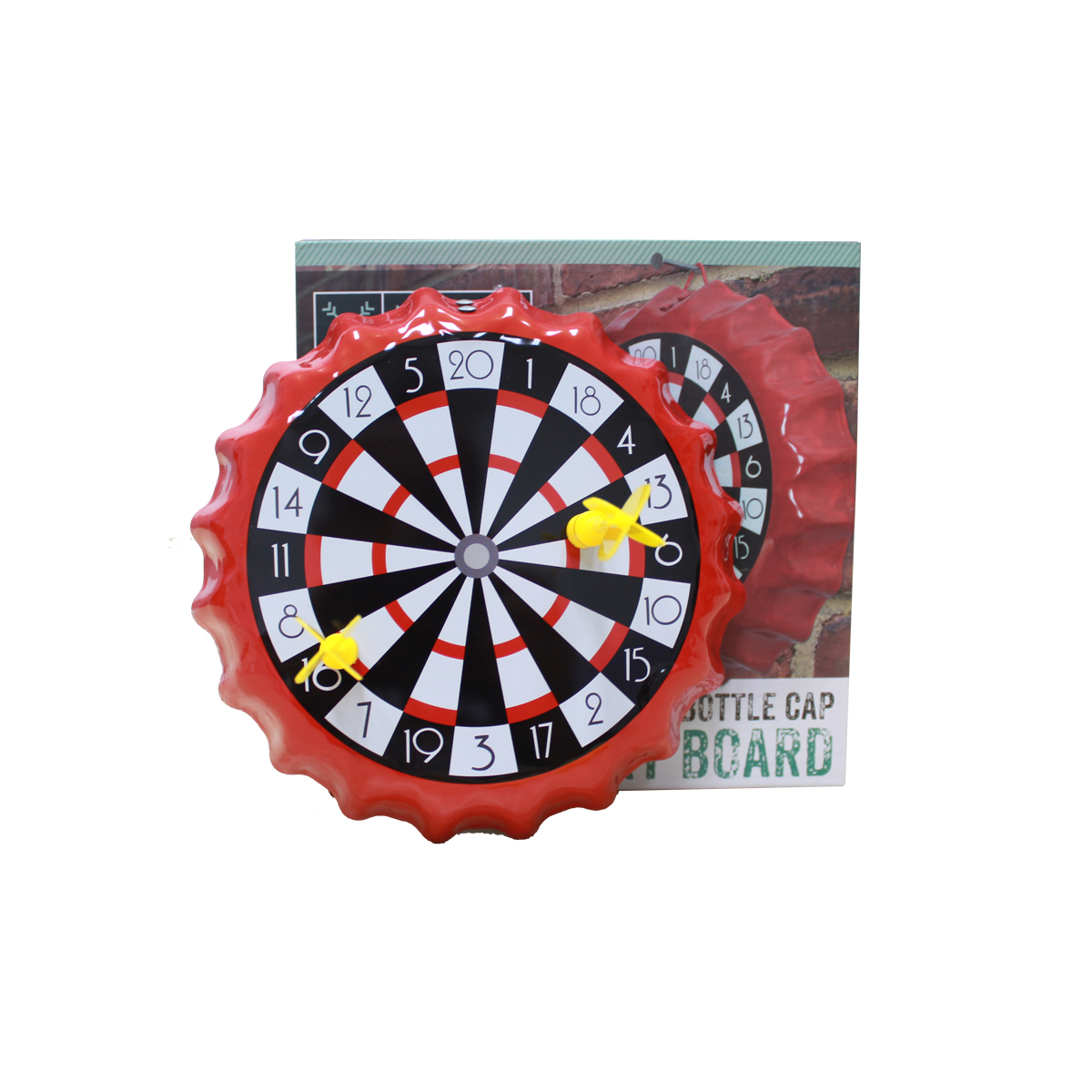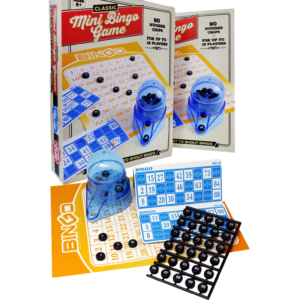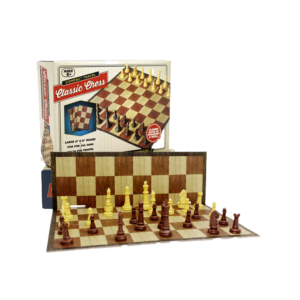In the treasure trove of my childhood memories, there was a cherished playmate that brought laughter, competition, and endless entertainment into my life. It wasn’t a person or a toy, but a collection of classic games that adorned my playroom. Snake and Ladder, Dominoes, Chess, Darts, and more — these timeless games provided the backdrop for countless joyful hours and valuable life lessons. Join me as I reminisce about the magic we experienced together, reliving the simple pleasures of traditional games.
Snake and Ladder: A Game of Ups and Downs:
Snake and Ladder was the epitome of anticipation and excitement. As I rolled the dice, I embarked on a journey filled with unexpected twists and turns. Scaling ladders and sliding down serpents, the game taught me about the unpredictable nature of life and the importance of perseverance in the face of setbacks. It brought friends and family together, creating laughter-filled moments of suspense and celebration.
Dominoes: The Art of Strategy and Connection:
Dominoes, with their intriguing patterns and satisfying clacks, taught me the power of strategy and critical thinking. As I carefully placed the tiles, I honed my math skills and learned to anticipate my opponents’ moves. But beyond the game itself, dominoes brought people together. Countless evenings were spent huddled around a table, forging connections, and building bridges through the shared love of this captivating game.
Chess: Mastering the Battle of Minds:
Chess, the game of kings, demanded patience, foresight, and tactical brilliance. With every move, I delved into a battle of wits, weighing risks and rewards, and adapting my strategies. The game taught me valuable life lessons about planning, decision-making, and the consequences of my actions. Chess instilled a sense of discipline and shaped my ability to think several steps ahead, fostering mental fortitude and a hunger for intellectual challenges.
Darts: Aiming for Precision and Fun:
Darts, a game of precision and hand-eye coordination, turned my playroom into a mini arcade. With dart in hand, I aimed for the bullseye, refining my focus and motor skills. This social game brought laughter and friendly competition, as we cheered for each other’s triumphs and celebrated the thrill of a perfectly thrown dart. It taught me the value of practice, patience, and healthy competition.
Embracing Timeless Pleasures:
Playing these traditional games ignited a sense of nostalgia and connected me to a bygone era. In an age of digital distractions, these analog delights reminded me of the simple pleasures found in face-to-face interactions and physical engagement. They taught me the importance of camaraderie, resilience, and the joy of shared experiences that transcend generations.
Conclusion:
As I reminisce about the snake and ladder, dominoes, chess, darts, and other classic games of my childhood, I am reminded of their timeless appeal. These games not only provided hours of entertainment but also imparted valuable life lessons, nurtured friendships, and sparked a love for strategy, precision, and healthy competition. In a world of ever-evolving technology, let us not forget the enduring magic of traditional games, and the memories and connections they continue to create for generations to come.
There is something undeniably captivating about old toys that continues to draw us in. Here are a few reasons why we often find ourselves seeking out and cherishing these nostalgic playthings:
Sentimental Value: Old toys hold sentimental value for many of us.
They are reminiscent of our childhoods, evoking fond memories and a sense of nostalgia. These toys represent a simpler time, a time filled with innocence, joy, and carefree play. Reconnecting with these toys allows us to tap into those positive emotions and relive cherished moments from our past.
Cultural Significance: Old toys often hold cultural significance.
They reflect the trends, interests, and popular characters of a particular era. They can serve as time capsules, offering insights into the social and cultural influences of the time. Exploring old toys allows us to appreciate the historical context in which they were created and understand their impact on popular culture.
Tangible Connections:
Unlike digital entertainment, old toys provide a tangible connection to our childhoods. They offer a physical representation of our memories and experiences. Holding an old toy in our hands can transport us back in time and bring a sense of comfort and familiarity. The tactile nature of these toys allows us to engage our senses and form a deeper connection to the past.
Simple Pleasures:
Old toys often embody simplicity and authenticity. They remind us of a time when playtime didn’t involve complex technologies or screens. These toys were designed to spark imagination, encourage creativity, and promote hands-on play. In a world where digital gadgets dominate, the simplicity and charm of old toys can provide a refreshing break and remind us of the joy found in unplugged, imaginative play.
Collectible Value:
Some old toys have become highly sought-after collectibles. Their rarity, historical significance, or iconic status can make them desirable to collectors and enthusiasts. For those passionate about collecting, the search for these toys becomes a thrilling pursuit, driven by the thrill of discovery and the satisfaction of adding a unique piece to their collection.
In a fast-paced world, seeking out old toys offers us a chance to slow down, reconnect with our past, and appreciate the simple joys of childhood. Whether it’s for sentimental reasons, cultural significance, or the pure pleasure of play, the allure of old toys remains strong, reminding us of the enduring power of imagination and the timeless joy of play.
In the ever-evolving landscape of technology, it’s fascinating to compare the cherished toys of the 90s with the gadgets that dominate our lives today. As we navigate a world filled with smartphones, tablets, and virtual reality, let’s take a moment to reflect on the simplicity and wonder of 90s toys. Join us as we delve into the delightful debate of analog play versus the digital era, celebrating the enduring charm of toys that captivated our imaginations.
Imagination Unleashed: 90’s Toys
The 90s were an era defined by imaginative play. Action figures, dolls, board games, and building sets transported us to magical worlds and inspired boundless creativity. With toys like LEGO, Barbie, G.I. Joe, and Transformers, we crafted intricate storylines, built sprawling cities, and brought our favorite characters to life in the palm of our hands. These toys allowed us to exercise our imagination, fostering problem-solving skills and nurturing a sense of wonder.
Tactile Engagement: Hands-On Experience
Unlike today’s gadgets, 90s toys offered a tactile experience that engaged multiple senses. From the satisfying click of LEGO bricks to the soft touch of plush toys, these physical interactions allowed us to develop fine motor skills, coordination, and spatial awareness. We pieced puzzles together, manipulated action figures, and carefully constructed intricate structures, relishing in the joy of hands-on play that connected us to the physical world.
Social Connection: Playing Together
One of the greatest joys of 90s toys was the social connection they fostered. Whether it was gathering around a board game, hosting a tea party with dolls, or engaging in epic battles with action figures, these toys brought friends and family together. They encouraged face-to-face interactions, collaboration, and healthy competition, strengthening relationships and creating lasting memories. The shared experiences and laughter forged during playtime remain etched in our minds.
Distraction-Free Exploration: Unplugging the Mind
In contrast to today’s gadgets that bombard us with notifications and distractions, 90s toys provided a respite from the constant digital onslaught. Playtime was a moment to unplug and escape into a world of pure imagination. Without screens or virtual simulations, we were free to create our own narratives, solve puzzles, and immerse ourselves in uninterrupted play. The absence of digital technology allowed our minds to wander and explore, fostering a sense of mindfulness and deep focus.
Conclusion:
While gadgets undoubtedly offer incredible advancements and entertainment, it’s important to acknowledge the enduring charm of 90s toys. They provided us with tangible experiences, nurtured our imagination, and strengthened social connections. As we navigate the digital age, let’s not forget the magic of analog play. Let’s embrace the balance between technology and the joyous simplicity of 90s toys, allowing ourselves and future generations to experience the wonders of both worlds.










